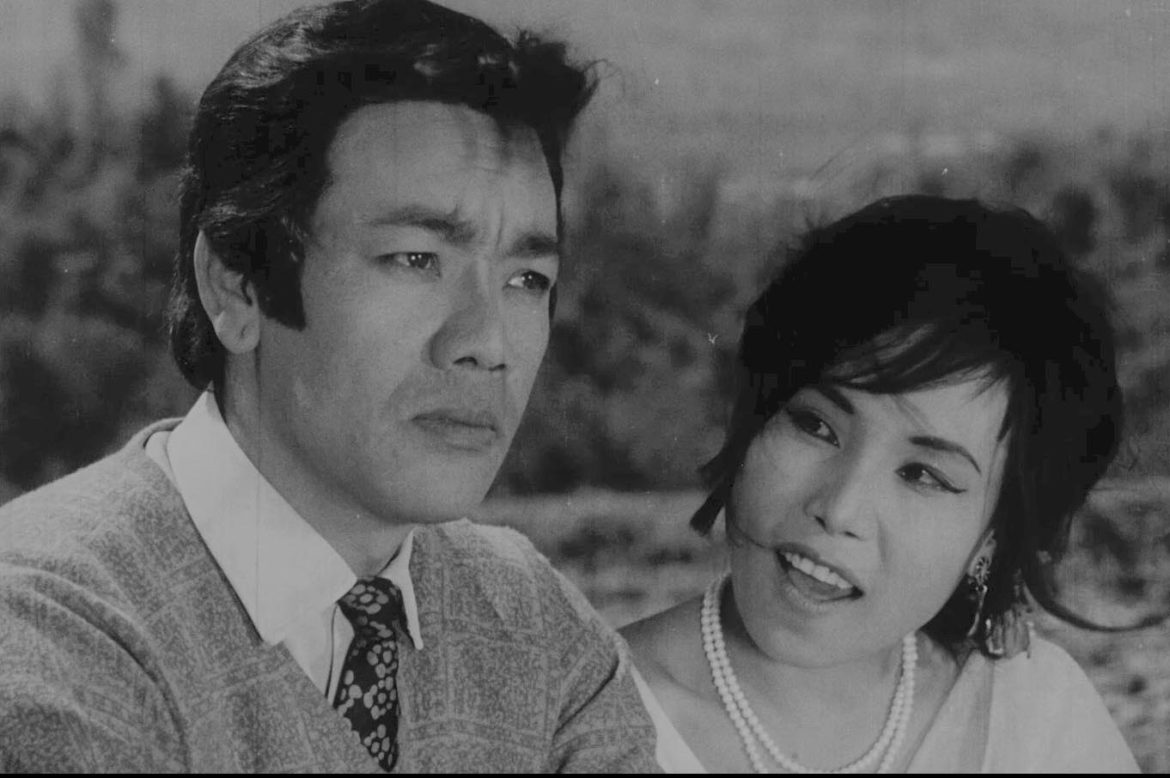The 1960s marked a seismic cultural shift worldwide. The counterculture movement, civil rights activism, and anti-war sentiment found expression in more daring and experimental cinema. Italian Neorealism continued influencing filmmakers globally with its gritty realism, while American independent cinema rose to prominence. Iconic films like Easy Rider (1969) and Bonnie and Clyde (1967) broke away from traditional studio formulas, embracing rebellious protagonists and exploring the anxieties of a generation disillusioned with conformity and authority.
Advertisement
In Asia, too, cinema mirrored societal transformations. Japan’s Godzilla (1954) served as both a monster movie and an allegory for nuclear trauma following Hiroshima and Nagasaki. Meanwhile, India’s parallel cinema movement in the 1970s and 1980s, exemplified by Satyajit Ray and Shyam Benegal, tackled social issues such as poverty, gender inequality, and caste discrimination, offering a stark contrast to commercial “Bollywood” fare.
As globalization and digital technology surged in the late 20th and early 21st centuries, cinema widened its thematic horizons. With increasing access to foreign cultures, filmmakers began to address transnational issues: immigration, identity, and the consequences of economic disparity. Films like Alejandro González Iñárritu’s Babel (2006) weave multiple stories across continents, emphasizing shared human experiences amid cultural diversity.

